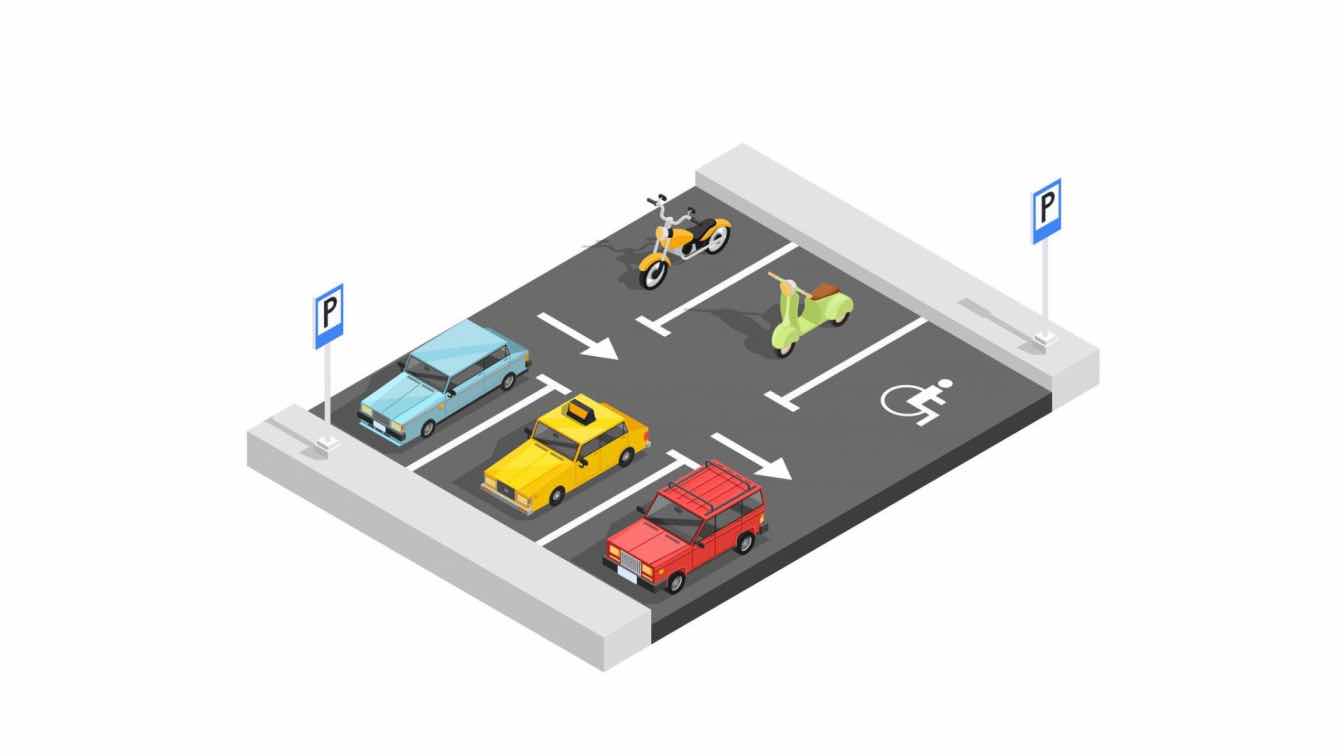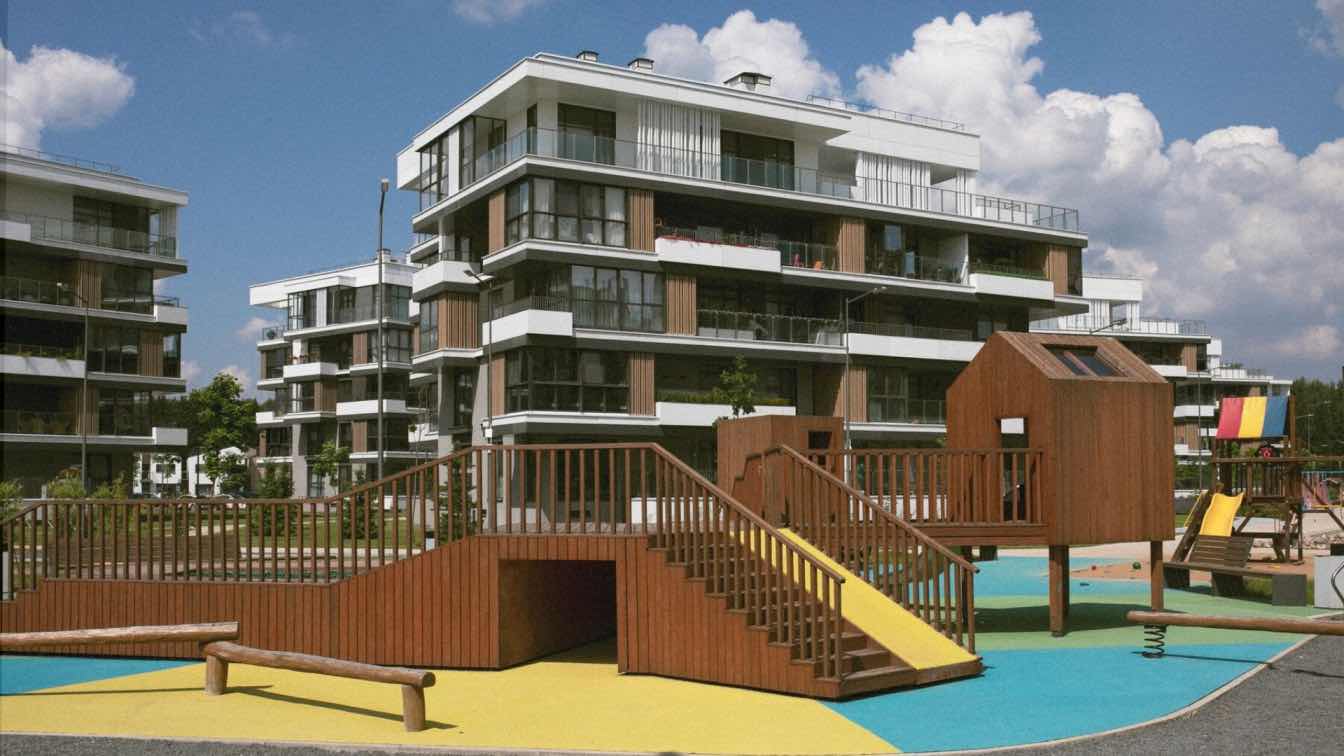Introduction
Parking lot safety is critical for property owners, managers, and drivers. The design of a parking lot can significantly influence driver behavior, which in turn affects the overall safety of the area. By understanding the relationship between lot design and driver behavior, stakeholders can make informed decisions to create safer and more efficient parking environments.
Key Elements of Parking Lot Design
Layout and Traffic Flow
A parking lot's layout and traffic flow play a crucial role in driver behavior and safety. One-way traffic systems can reduce the risk of collisions by eliminating the need for drivers to navigate oncoming traffic. However, two-way traffic systems may be necessary for larger parking lots or those with limited space. The angle of parking spaces also impacts driver behavior. Angled spaces can make it easier for drivers to park and exit, while perpendicular spaces may be more space-efficient but require more careful maneuvering.
Visibility and Lighting
Adequate visibility and lighting are essential for parking lot safety. Well-lit areas help drivers navigate the lot, identify pedestrians, and avoid obstacles. Property owners should ensure that illumination is evenly distributed and maintained regularly. Obstructions such as large trees, shrubs, or signage can limit driver visibility and increase the risk of accidents. Careful placement and maintenance of these elements can improve overall safety.
Signage and Markings
Clear and Visible Signs for Navigation: Effective signage is crucial for safely guiding drivers through a parking lot. Directional signs should be prominently displayed to indicate entrances, exits, and specific parking areas. Speed limit signs can encourage safe driving behavior and reduce the risk of collisions. Signs indicating pedestrian crossings, handicap spaces, and loading zones help drivers navigate the lot and prioritize safety.
Proper Use of Pavement Markings: Pavement markings are another essential tool for promoting parking lot safety. Striping helps define parking spaces, lanes, and boundaries, clarifying where drivers should position their vehicles. Directional arrows guide traffic flow and prevent wrong-way driving, reducing the risk of accidents. Crosswalk markings designate pedestrian paths and improve visibility, encouraging drivers to yield to pedestrians. Reflective paint and materials can enhance visibility in low-light conditions, further improving safety.
Impact of Signage and Markings on Driver Behavior: Well-designed signage and markings can significantly affect driver behavior. Marked paths and spaces reduce confusion and hesitation, allowing drivers to navigate the lot more confidently. Visible signage promotes compliance with parking rules and speed limits, encouraging safer driving habits. Well-marked pedestrian crossings remind drivers to be alert and yield to pedestrians, reducing the risk of accidents.
How Design Elements Affect Driver Behavior
Speed and Recklessness
The design of a parking lot can influence the speed at which drivers navigate the area. Wide lanes and straight routes encourage faster driving, as drivers feel more comfortable and have fewer obstacles to navigate. Conversely, narrow lanes and curved routes promote slower, more cautious driving. By strategically designing the layout of a parking lot, property owners can encourage safer driving behaviors.
Distractions and Confusion
Poor signage and clear markings can lead to distracted driving, as drivers need help interpreting their surroundings and making decisions. This can result in sudden stops, erratic movements, and an increased risk of collisions. Complex layouts with multiple intersections and dead ends can cause driver confusion, leading to unsafe behavior. Clear, intuitive designs can help reduce these risks and promote safer navigation.
Pedestrian Interactions
Pedestrian safety is a critical concern in parking lots. Designated pedestrian crossings, such as marked crosswalks and signage, can significantly improve safety by alerting drivers to the presence of pedestrians and encouraging them to yield. The lack of pedestrian infrastructure, such as sidewalks or barriers between parking areas and walkways, can increase the risk of accidents. Property owners can create a safer environment for all users by prioritizing pedestrian safety in lot design.
Parking Innovations
Smart Parking Technologies for Improved Navigation and Safety
As technology advances, numerous innovations can improve parking lot navigation and safety. Smart parking systems, which use sensors and real-time data to guide drivers to available spaces, can reduce the time drivers spend searching for parking and minimize congestion. Mobile apps can provide drivers with up-to-date information on parking availability, pricing, and safety alerts. Additionally, cameras and analytics software can help property owners monitor parking lot activity and identify potential safety hazards.
Sustainable Design Practices that Prioritize Pedestrians and Cyclists
Sustainable design practices are becoming increasingly crucial in parking lot design. These practices prioritize the safety and comfort of pedestrians and cyclists while reducing the lot's environmental impact. One example is permeable pavement, which allows stormwater to drain through the surface and reduces the risk of flooding and slips. Another sustainable design element is incorporating bike lanes and bike parking, which encourages alternative modes of transportation and reduces the number of vehicles in the lot.
The Role of Parking Lot Maintenance in Safety
Regular Inspection and Repair of Pavement and Markings
Proper maintenance of parking lots is essential for ensuring ongoing safety. Regular inspections should be conducted to identify and address any pavement damage, such as potholes, cracks, or uneven surfaces. These issues can lead to driver confusion, loss of vehicle control, and increased risk of accidents. Promptly repairing pavement damage and maintaining clear, visible parking lot striping and markings can help drivers navigate the lot safely and confidently.
Upkeep of Lighting and Signage
In addition to pavement maintenance, property owners must prioritize the upkeep of lighting and signage. Regularly checking and replacing burnt-out light bulbs, cleaning light fixtures, and ensuring that lighting is evenly distributed can improve visibility and reduce the risk of accidents. Similarly, damaged or faded signage should be promptly replaced to maintain clear communication with drivers. Establishing a maintenance schedule and keeping detailed records can help ensure that these critical safety elements are consistently maintained.
Seasonal Maintenance Considerations
Parking lot maintenance needs may vary depending on the season and local climate. Property owners must have plans in place for snow and ice removal in areas with harsh winters to maintain safe driving conditions. This may include plowing, salting, and sanding to improve traction and visibility. In the fall, removing fallen leaves and debris can prevent slips and falls and keep drainage systems clear to avoid flooding. Regularly assessing and adapting to seasonal maintenance needs can help ensure year-round parking lot safety.
Enhancing Parking Lot Safety through User Education and Engagement
Providing Clear and Concise Safety Information to Users
In addition to design and maintenance, educating parking lot users about safety practices can help foster a culture of shared responsibility. Property owners can provide clear, concise safety information through signage, pamphlets, or digital channels. This information may include reminders about safe driving speeds, pedestrian right-of-way, and proper parking techniques. Property owners can consistently communicate safety expectations to encourage users to adopt safer behaviors and contribute to a more secure parking environment.
Encouraging User Feedback and Reporting of Safety Concerns
Engaging parking lot users in the safety process can provide valuable insights and help identify areas for improvement. Property owners can encourage users to report safety concerns, such as damaged pavement, malfunctioning lights, or obscured signage. This can be done through prominently displayed contact information, online reporting systems, or regular surveys. By actively seeking and responding to user feedback, property owners demonstrate their commitment to safety and foster a sense of community ownership in the parking lot.
Partnering with Local Authorities and Organizations to Promote Safety
Collaborating with local authorities and organizations can help amplify safety messages and resources. Property owners can work with local law enforcement to conduct safety assessments, provide staff training, and coordinate emergency response plans. Partnering with community organizations, such as neighborhood associations or business improvement districts, can help spread safety information and engage a wider audience. By building solid relationships with local stakeholders, property owners can acquire additional expertise and resources to enhance parking lot safety.
Conclusion
In conclusion, parking lot design significantly influences driver behavior and overall safety. Property owners can create safer parking environments by carefully considering layout, visibility, signage, and markings and incorporating innovative technologies and sustainable practices. However, ongoing maintenance, user education, and collaboration with local stakeholders are equally essential in fostering a culture of shared responsibility and continuous improvement. Property owners, managers, and drivers can work together to minimize risks and create secure, efficient, and sustainable parking facilities for all users by taking a proactive and comprehensive approach to parking lot safety.





